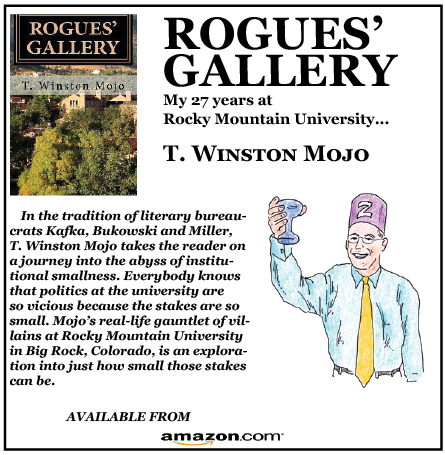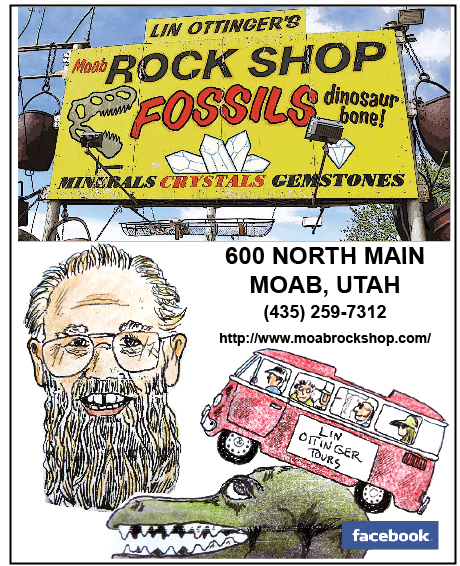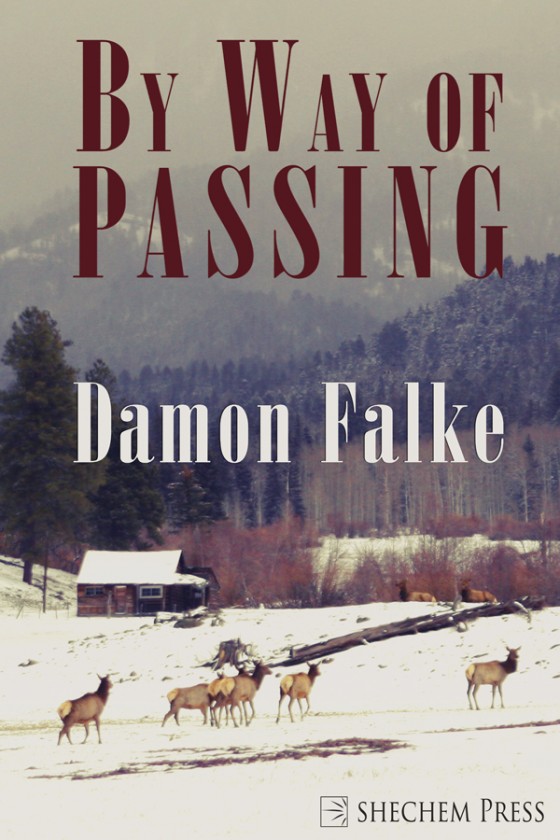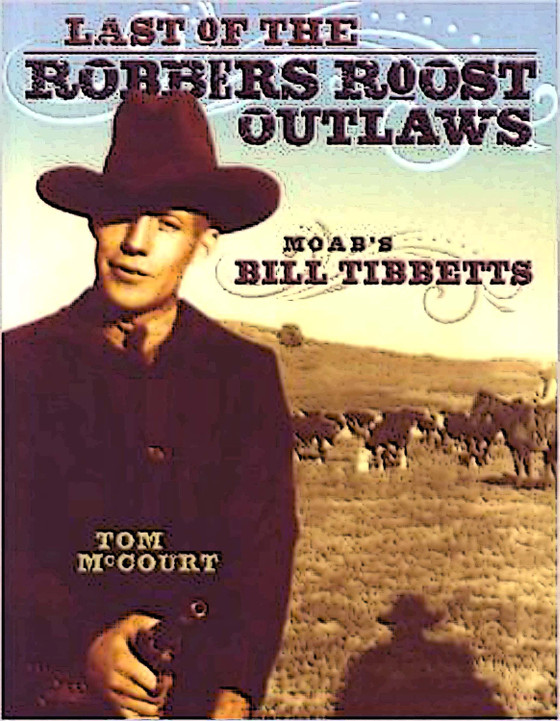
Last February, I asked “Who’s the Boss in Utah’s Bears Ears Country?” The following six-part essay is an attempt to partially answer that question after a year of watching events unfold there.
CLICK HERE TO READ THE FULL 6-PART ESSAY.
From Part One…
San Juan County, Utah, comprises a splendor of canyons, cliffs and castles of sandstone. Anyone who has made a random discovery of 1,000-year-old artifacts of human habitation, trekked to the top of a Canyonlands National Park overlook at sunset or spent a deathly silent, crystalline night starring at the canopy of Creation can attest to its unearthly beauty.
However, representative government in the county, which will play a critical role in preserving that landscape, seems intractably bogged down by ideological dissembling, undemocratic “outside influences” accountable to no county voter, opaque tribal politics, lawyers and judges making public policy and environmental profiteers...
Part 1: Rule by resolution. Kenneth Maryboy and Willie Grayeyes took their oaths of office as commissioners a little under a year ago after what was described as a “historic” election. They immediately staked their claim to power by choosing to govern primarily through resolutions written by their longtime private attorney and approved without advice or informed consent of virtually anyone in the county.
Part 2: The power of environmental nonprofits. It’s hard to overstate the influence of Utah Diné Bikéyah, the tribal-affiliated nonprofit founded and run by Grayeyes and Maryboy until they took office. They’ve succeeded as leaders in attempts to create Bears Ears National Monument in a way that took results of a presidential election and proclamation to derail.
Part 3: Open-records stonewalling. Numerous requests for public records filed under GRAMA were generated in 2019 due in part to the climate created by the new commissioners’ evasiveness and open hostility toward many constituents and those constituents’ forceful, if sometimes rowdy, responses. The county (Grayeyes and Maryboy) was ordered to produce records in three cases.
Part 4: Gutter rhetoric. Unfiltered comments of public figures were part and parcel of 2019’s hard-edged politicking in San Juan County. It was on full display in the weeks and months leading up to November’s special election that asked voters whether they wanted to form a committee to study possible changes in county government.
Part 5: A defeat for good government. A full-court press of a campaign mounted by the San Juan County Democratic Party, its allies and prominent Navajo Nation politicians defeated an ostensibly non-partisan effort to change the way the county works. Results of November’s special election hinged on rhetoric of retribution and the politics of payback. An alternative story line — charting a path toward better democracy — was a non-starter.
Part 6: But can they fix the roads? To a certain extent the new commissioners’ relationship with officials of the Navajo Nation will determine their success in office. They’ve played an insider’s game of reservation politics for a long time, but so far they’ve been unable to leverage that experience into discernible benefits for county residents.



















0 Responses
Stay in touch with the conversation, subscribe to the RSS feed for comments on this post.